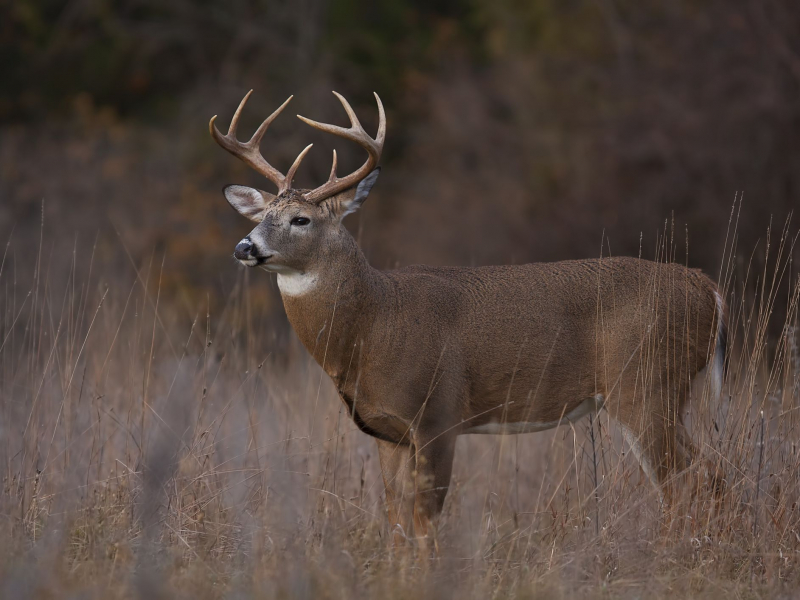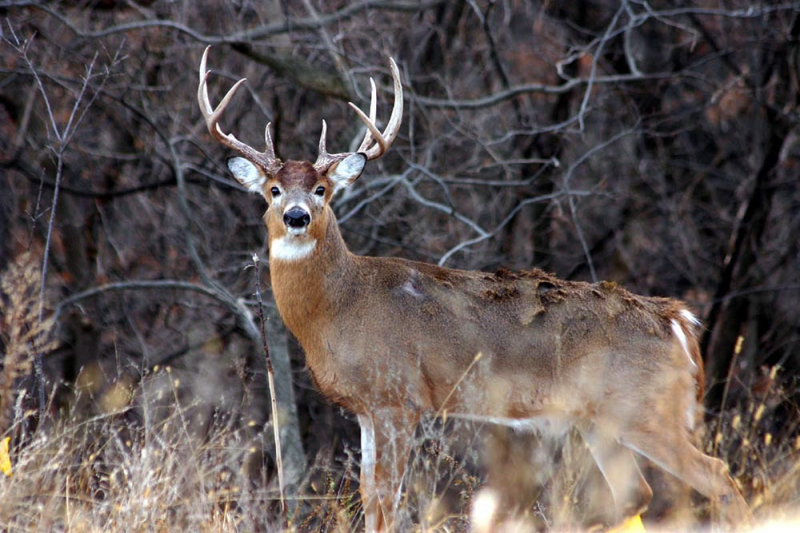White-Tailed Deer
The White-Tailed Deer (Odocoileus virginianus), also known as the whitetail or Virginia deer, is a medium-sized deer native to North America, Central America, and South America as far south as Peru and Bolivia. It has also been introduced to New Zealand, all the Greater Antilles in the Caribbean (Cuba, Jamaica, Hispaniola, and Puerto Rico), and some countries in Europe, such as the Czech Republic, Finland, France, Germany, Romania, and Serbia. It is the wild ungulate with the greatest geographic range in the Americas.
In the spring and summer, the deer's coat is reddish-brown, and in the fall and winter, it is grey-brown. The distinctive white underside of the deer's tail makes it easy to identify. When scared, it lifts its tail to signal the predator that it has been seen. The length of the snout and the color of the coat can be used to determine a deer's age, with older deer often having longer snouts and grayer coats. They are also known for their beautiful antlers, which they shed and regrow every year.












